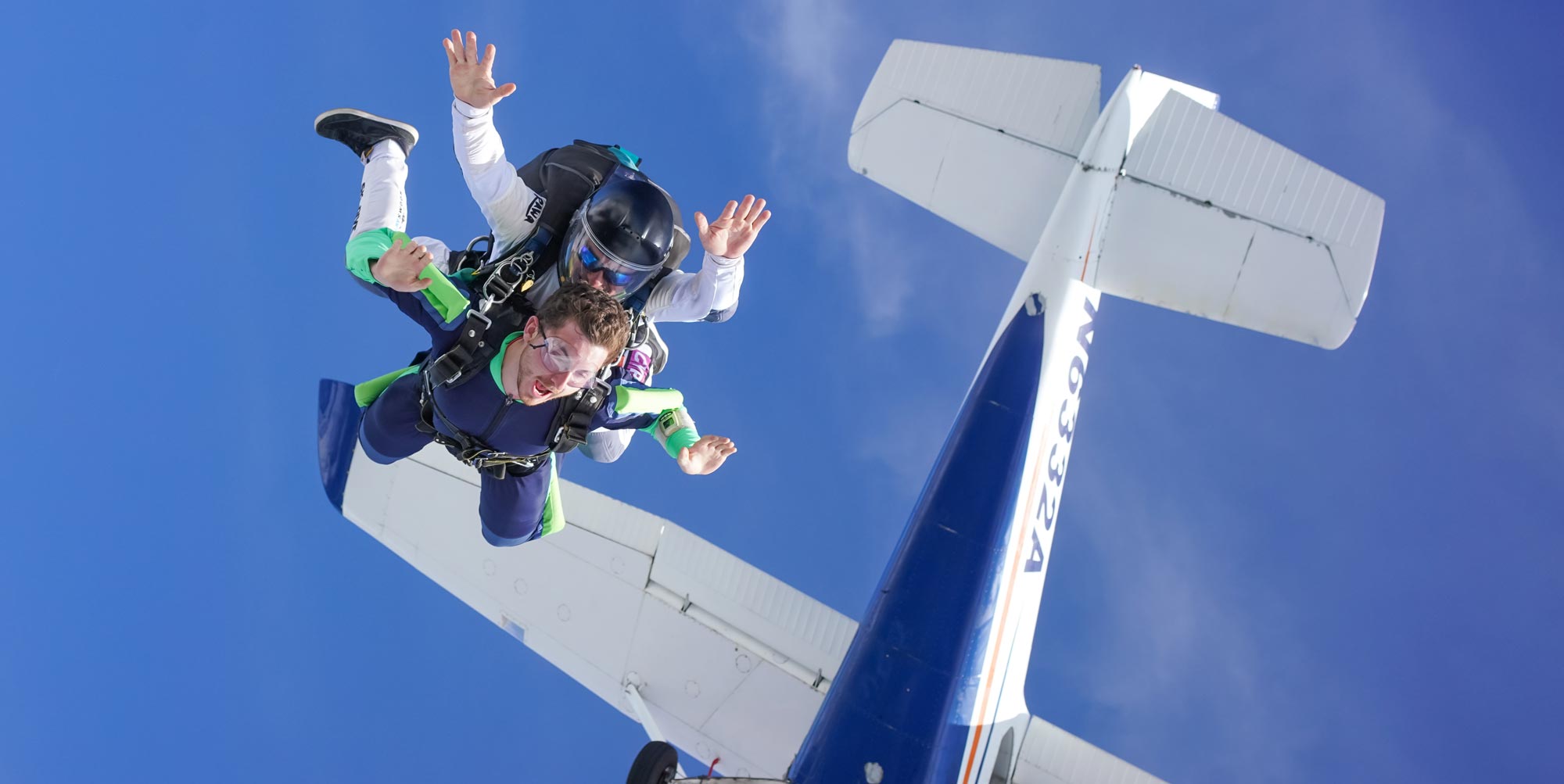All About Night Skydiving
Skydiving
Posted by: Long Island Skydiving Center 6 years ago
If you’re looking for the ultimate adrenaline rush, night skydiving delivers in spades! That said, the risk quotient is also higher than during a normal daytime skydive – way higher. In this article we’ll share everything you ever wanted to know about skydiving at night.
What Qualifies as a Night Skydive?
Technically, according to the USPA (United States Parachute Association), a skydive made one hour after official sunset to one hour before official sunrise is considered a “night jump” – even though it might not be perfectly pitch black when the jump is made. According to the organization’s co-evaluations with the FAA, jumps falling within those hours are sufficiently removed from “day jumping” that special consideration must be made and special equipment must be used. (We’ll get to that in a minute.)
Can You Tandem Skydive At Night?
Unfortunately, no. The reasoning? Safety, of course.
Even for a very experienced skydiver, night jumps can be nerve-racking as the risks are elevated with a more limited field of vision. The environment on night jumps is very different from what the experience on any daytime skydive – and in a business that is actively trying to mitigate risk, tandem skydives at night are currently not offered in the United States.
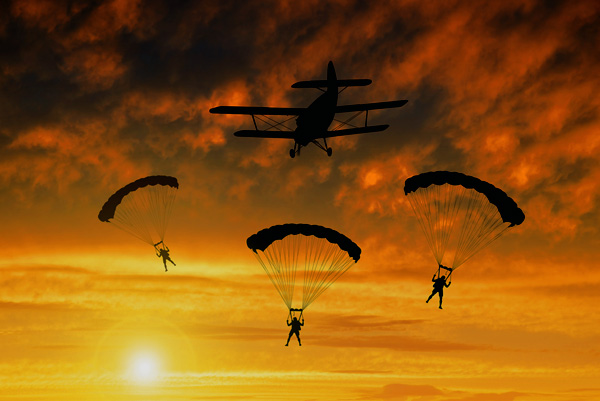
What Certifications Do You Need to Skydive at Night?
If you intend on participating in night skydiving, you’re going to need to present the valid paperwork for your USPA “B” (or higher) license. That, of course, means you’ve completed at least 50 successful solo skydives and demonstrated mastery in landing accuracy and freefall maneuvers, completed a water landing practicum, and passed a written exam. Even with all that, every night-owl skydiver has to undergo a comprehensive briefing (and drill) immediately prior to the night jump. If that sounds like a lot, it is – because a night jump is a pretty big deal.
What Equipment Do You Need for a Night Jump?
- A lighted or glow-face altimeter
- A flashlight
- Chemlights (the beefier version of Glow Sticks)
- A whistle
- A strobe light
Can You See Your Parachute While Making a Night Skydive?
You can, indeed. Night jumps are often scheduled for full moon nights, so you’re able to see your parachute and ensure it’s “stable, square and steerable”. It also gives the skydiver the opportunity to make out their landing area amongst the landscape of lights below a bit better.
How Do You Find Your Landing Area?
When skydiving at night, dropzones make special arrangements to help skydivers find the landing area. Often, that little boost is comprised of arranging a line of cars, headlights on, to illuminate the landing zone. As you might imagine, however, the details of the ground at night look elementally different than in the daytime, so it’s still a challenge to find your landing zone when you’re hanging your head out the door at full altitude!
Is Night Skydiving Scary?
Um, yeah. Even very experienced skydivers get at least a little queasy on a night jump. Some of it is biofeedback (from, like, exponentially lower jump-run temperatures that make even the burliest skydiver shiver), but much of the butterflies have to do with how different it is to jump after dark. Skydivers train their bodies to respond to a set of inputs that become habit over time; at night, our habits can’t be relied upon in the same way, nor our senses. It all swirls up into quite a piquant mix of eek.
That said – it’s natural to feel scared when you do something as landmark as a night jump. Intrigued? Why not get started on your path to night skydiving – with your very first tandem jump? We can’t wait to put you on your way.
Categories:
You May Be Interested In:
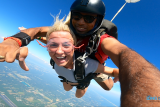
Skydiving For Teens and Students
2 days ago by Long Island Skydiving Center
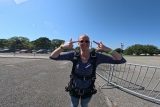
Skydiving Anxiety- Here’s How You Can Prepare
2 months ago by Long Island Skydiving Center
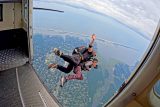
Does Skydiving Feel Like Falling?
2 months ago by Long Island Skydiving Center
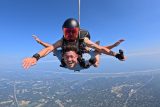
Is Skydiving Safe?
3 months ago by Long Island Skydiving Center
